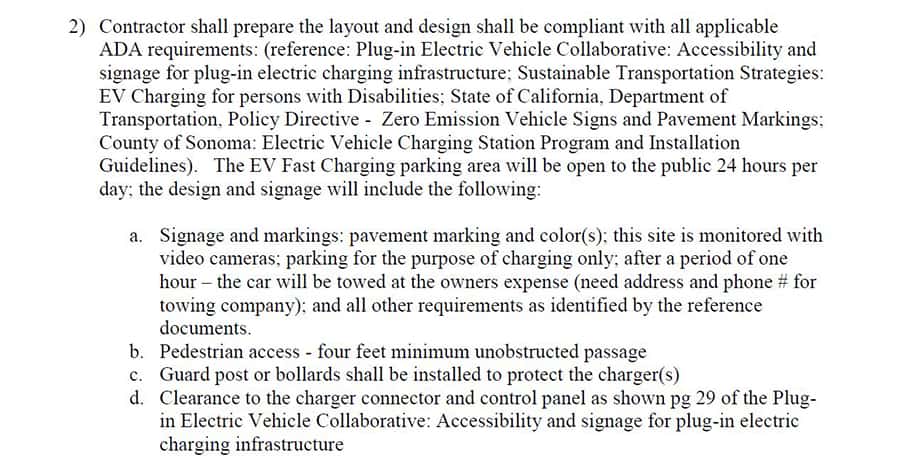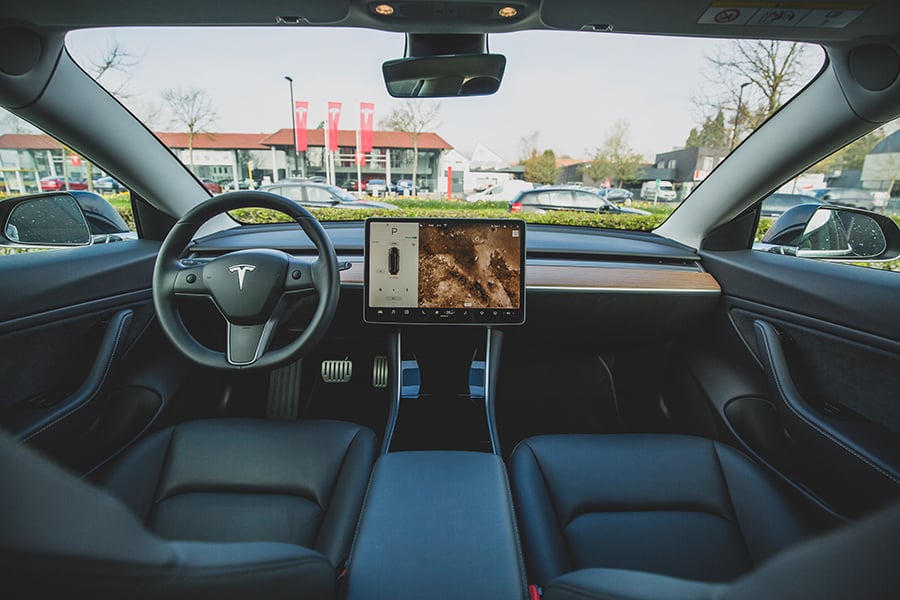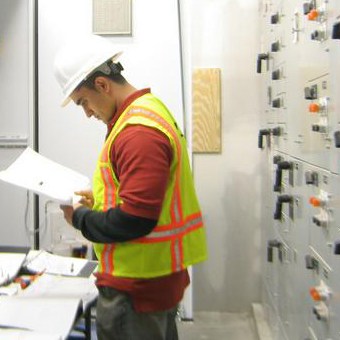Becoming a 10x design engineer starts with tapping into tried and true engineering design tips that have stood the test of time.
We’ll explore 14 of these gems, which have been cornerstones in all engineering fields for decades. They’ll instantly elevate your engineering game, and without them, your work will take a hit.
#1 Get a firm grasp on project requirements

Make sure you comprehend every single requirement of a project. Because overlooking just one small design requirement can send your entire design off the rails.
For instance, imagine you’re designing a hydroelectric facility. You might know every design aspect like the back of your hand. But, you forget to account for future capacity.
This single oversight would mess up the work of every engineer involved in the project—electrical, civil, structural, and everyone in between.
So, if you have even a shred of doubt about a project requirement, hit the brakes. Then, ask questions until everything becomes crystal clear. If you need to become a broken record to avoid a future disaster, so be it!
#2 Create a project to-do list
I always create to-do lists for my projects, ensuring even the tiniest tasks don’t slip through the cracks.
Projects can get chaotic when you’re swamped with work, and it’s easy to lose track of new design elements as they come flying your way.
At the same time, keep your to-do lists up-to-date to stay on track with projects. Trust me, no matter how good you think your memory is, you’re bound to forget things.
#3 Think outside the box
Instead of quickly jumping on the most obvious engineering solution, take a step back and dissect the problem at a granular level to fully understand it. Your goal is to devise the simplest yet most effective design.
To get your creative juices flowing, learn from Elon Musk’s innovative strategies. He’s a master at thinking outside the box. One of his go-to approaches for new designs is first principles thinking.
Also, explore the engineering creative process. I’ve illustrated this using the Golden Gate Bridge development as an example. It showcases how engineers thought outside the box in their design.
#4 Brainstorm and sketch ideas on paper
Sketching designs on paper helps get my creative wheels turning. Sketches allow me to:
- Create a framework for a design direction
- Explore and quickly compare multiple design concepts
- Get instant feedback from others on a design idea
- Identify limitations and issues
- Keep a record of ideas
Sure, you could skip this stage, but trust me, there’s no faster way to explore a design idea than sketching. Ideas often strike when you least expect them, like when you’re hanging out with your family at a restaurant and suddenly, a light bulb goes off in your head.
#5 Don’t forget about the construction and manufacturing stage
A good design always takes into account the implementation phase of a project, specifically the construction and manufacturing stage. This is where hands-on engineering work is crucial.
So when designing, always think beyond your design to avoid creating something unbuildable. For example, a mechanical engineer shouldn’t show screws in an area where a wrench won’t fit in the factory.
#6 Keep it simple

If a design becomes overly complex, try to find a simpler solution if possible. Simple is always better.
Ironically, simple designs can be harder to brainstorm. Anyone can throw everything at a problem, but at what cost? As Albert Einstein wisely said,
“Everything should be made as simple as possible, but no simpler.”
In the end, a simple design typically offers these benefits over a complex design:
- Reduced budget
- Reduced build time
- Simplified construction and/or manufacturing
- Reduced maintenance
#7 Incorporate a safety factor
Don’t design just to meet the bare minimum specs. Throw in a safety factor, and you’ll sleep soundly at night.
Take a bridge, for example. A safety factor increases its load-carrying capacity. If the bridge’s safety factor is 2, the required support capacity doubles.
This matters because contractors and manufacturers don’t always execute designs flawlessly. Plus, a safety factor protects your design from unexpected load increases.
Now, when it comes to rockets, safety factors for unmanned missions take a backseat. You want the rocket as light as possible to save on costs, which creates its own unique engineering challenge. Hence the intriguing world of rocket structure analysis.

Important Note: Safety factors vary between industries and projects. Always research the typical safety factors used in your field.
At the same time, weigh safety factors against your project budget. As the safety factor goes up, so do project costs.
#8 Consider project costs
Sure, you could solve any engineering problem with an endless budget. But let’s face it, we don’t have leprechauns handing out pots of gold.
Project costs play a massive role in your design work. You’ll often have a fixed budget to stick to. That’s why it’s crucial to think creatively as an engineer, coming up with awesome yet affordable solutions.
Unsurprisingly, a big part of engineering is staying within budget. As much as I’d love for engineering to be all about crafting amazing, cool things, we’ve got real-world budget constraints to deal with.
#9 Don’t reinvent the wheel

Every engineer stands on the shoulders of giants, building on the work of countless brilliant minds before them.
So, when facing a problem, don’t jump straight into reinventing the wheel. First, do some research. Chances are, someone has encountered your exact issue and found a solution you can borrow.
Of course, if you’re working on cutting-edge tech, there may be fewer solutions to draw from. But even then, there’s plenty of info you can reuse. Take SpaceX’s reusable rockets, for example. Despite popular belief, SpaceX wasn’t the first to create reusable rockets.
NASA’s McDonnel-Douglas first tested reusable rocket tech. Sure, it pales in comparison to today’s SpaceX rockets, but nearly 25 years ago, NASA proved the concept. SpaceX then took that existing technology and ran with it.
#10 Avoid self-imposed limitations
Don’t sabotage yourself before you even start your design.
An engineering problem might seem insurmountable at first glance. But always keep an open mind. Some engineering challenges just need:
- A larger engineering team
- A bigger budget
- Extra research and development resources
- A longer project timeline
In the end, most engineering problems are tough enough on their own. So don’t pile on unnecessary limitations with a negative mindset, especially if you haven’t given your all to the problem.
#11 Put yourself in the end-user’s shoes

Imagine designing a car and placing the heating and cooling controls on the passenger’s side for a minimal look. That would be ridiculous, right? So, always put yourself in the end-user’s shoes. Ask yourself what you’d want in a design if you were the one paying for it.
If you can’t stand behind your own design, why are you creating it?
Let common sense guide you and design for the real world.
#12 Don’t be shy—ask for help
Remember, you’re not alone in design work. Don’t try to conquer tough problems all by yourself. As the old saying goes,
“Two heads are better than one.”
Collaborate with other engineers! Their input will help you overcome mental hurdles and refine your designs. Plus, brainstorming with others is an excellent way to uncover innovative solutions to long-standing engineering issues. A great online resource is eng-tips.com.
#13 Over-communicate
Stay connected with all the key players in a project.
If you work directly with customers, chat with them when problems pop up. That way, they won’t be blindsided later on.
I’ve found that customers sometimes don’t fully understand the ramifications of their requests. Your updates will keep them informed and aware of their project’s trajectory.
Simultaneously, maintain open communication with your entire engineering team throughout the project. If a design change occurs, promptly inform your colleagues. You never know how a new design element might affect their work.
I’ve had engineers tell me about a design change just a week before a project’s deadline. They claimed it was a minor tweak. But lo and behold, I had to pull all-nighters that entire week to wrap up the project. I wasn’t happy whatsoever.
#14 Don’t fear critique
Welcome reviews from others on your work before you submit it for good. In fact, urge them to dissect your work thoroughly! After all, even the most brilliant engineers can slip up from time to time.
However, remember not to take criticism personally when it comes to your design work. Constructive feedback will only sharpen your engineering skills. Plus, it’ll help you avoid costly errors that could rack up millions in damages or even put lives at risk.
It’s an absolute godsend to have a network of fellow engineers you can rely on to review your work. It’s even better if these engineers are your coworkers. Sadly, not every engineer has the luxury of tapping into the expertise of experienced colleagues in their workplace.
Engineering design tips wrap up
All of these engineering design tips are intricately intertwined. So, to rapidly enhance your design prowess, try to implement as many of these tips as possible.
Bear in mind, it’s completely normal and okay to never know everything as a design engineer. Designing is a lifelong learning adventure, after all.
Which engineering design tips do you find most valuable? What challenges you the most in engineering design work? Do you have any design tips to recommend?
Featured Image Photo Credit: Bram Van Oost (image cropped)

Author Bio: Koosha started Engineer Calcs in 2019 to help people better understand the engineering and construction industry, and to discuss various science and engineering-related topics to make people think. He has been working in the engineering and tech industry in California for well over 15 years now and is a licensed professional electrical engineer, and also has various entrepreneurial pursuits.
Koosha has an extensive background in the design and specification of electrical systems with areas of expertise including power generation, transmission, distribution, instrumentation and controls, and water distribution and pumping as well as alternative energy (wind, solar, geothermal, and storage).
Koosha is most interested in engineering innovations, the cosmos, sports, fitness, and our history and future.
